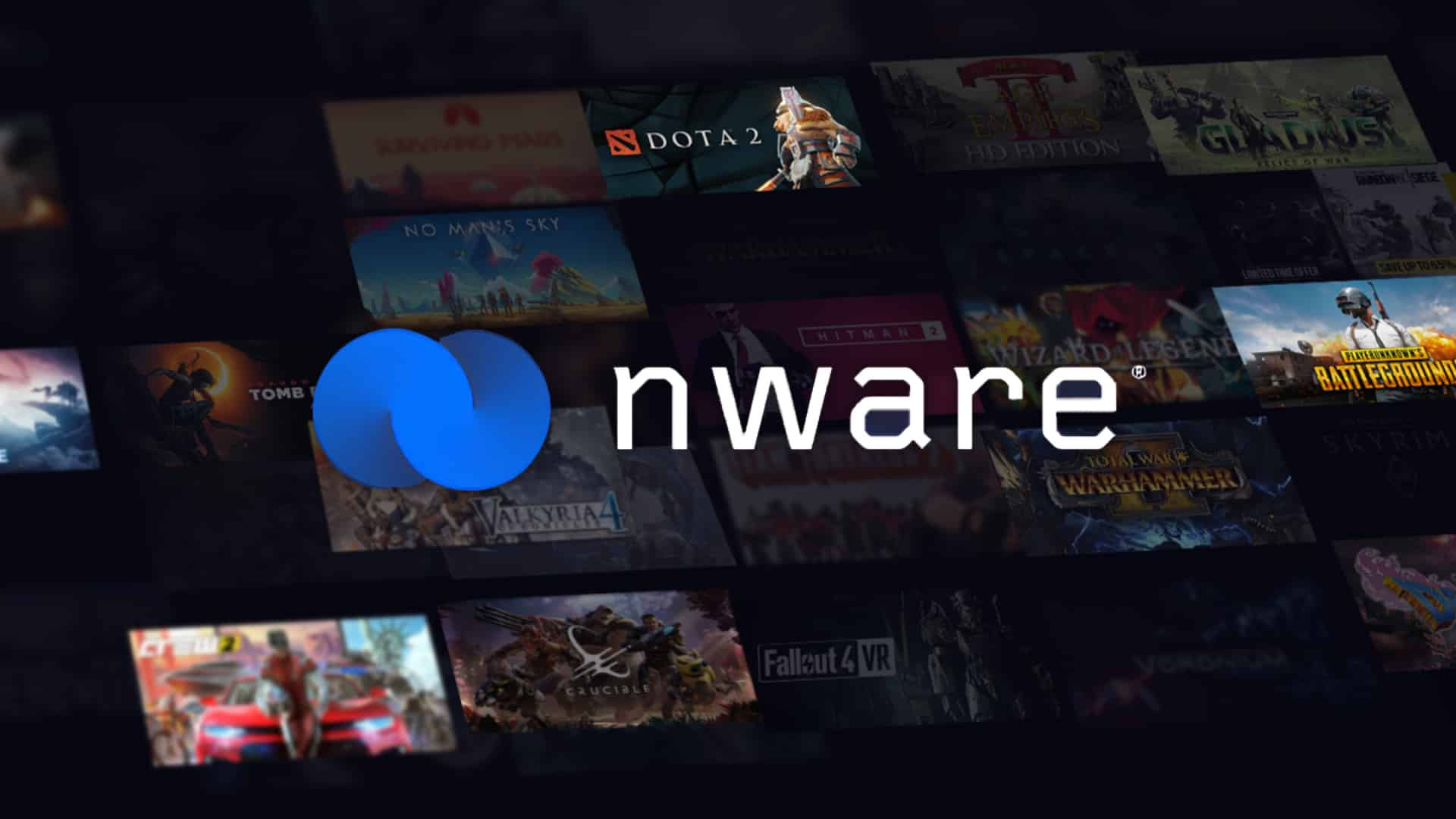
After my short-lived experience with Sora Stream, I decided to search for more lesser-known cloud gaming services. It’s always interesting to see how different companies tackle the cloud gaming space. Many companies and even start-ups try to offer their own unique experience. As previously discussed, there are a mainly two kinds of cloud gaming services. Those that give you access to their own library, and those that allow the user to play curated games via cloud machines. Additionally, there are also services like Shadow and Airgpu, that give more control to the consumer. Sadly, accessibility of said services is not as simple as the ones dedicated to gaming. Still, the cloud gaming service that I introduce to you today, Nware, seems like an appealing middle point between the two spaces.
Based in Spain, Nware is a cloud gaming service offered by Cloudware, a tech start-up. According to their website, their aim is to allow easy access to video games to everyone. To do this, Nware relies on the cloud to deliver a gaming experience anytime, anywhere. One thing that caught my attention, is their claim of being able to “sync over 20,000 games”. If you take a look at our Cloud Game Search tool, you’ll notice that the platform listed with more games, is GeForce NOW with around 1,500 games available. My interest peaked after readying that statement. I wondered how could it be possible that a cloud gaming service that’s still in closed beta, is able to provide such a library. After using Nware for a couple of days and taking a look at how it operates, I understand how such a feat is possible.
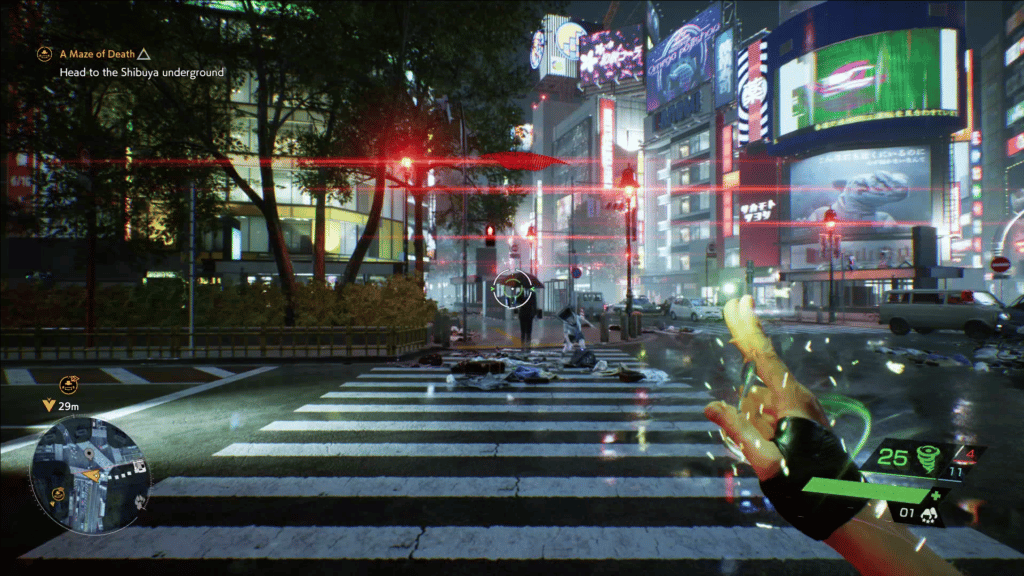
Introduction to Nware
As stated in the previous paragraph, Nware is still in closed beta. The service launched in pre-beta in summer 2019. A couple of months after the coronavirus breakout, Nware launched its beta status. Said status is still active, with new members requiring an invitation code to set up their account. All new members are given a free period of 3 days to test the service, Afterward, users are required to subscribe to a plan. As of now, there are two plans: Base, for €8.99 monthly, and Premium, for €10.99 monthly or €99.99 annually. Both Base and Premium share mainly the same features, aside from the Launchers section, which we’ll talk about later. After having tried the service for a couple of days, I have a grasp at how the service works and what it offers. I also understand their “20,000 games” claim.
At a first glance, many would assume that Nware would be similar to other services such as Boosteroid or GeForce NOW. Of course, Nware doesn’t give access to their own gaming library like Blacknut or Amazon Luna. Rather, allow users to play the games they already own on Steam and other storefronts, via their virtual machines. Unlike GeForce NOW and Boosteroid, Nware doesn’t have a proper “library” of compatible games. Rather, Nware gives its subscribers access to pretty much all the Steam games you can think of. Mainly, this works because Nware acts like a proper cloud desktop, letting users install pretty much any game they own on Steam, and play via their virtual machines. Of course. the vast majority of games haven’t been tested, since it’s not really a curated library.
A mixture of services
Nware combines the ease of access to cloud gaming of services such as Boosteroid and GeForce NOW, and to some degree, the freedom of services like Airgpu and Shadow. This is also more obvious thanks to Nware’s Premium plan. Those subscribed to the Premium plan, get access to the “Launchers” section. There, users can access Steam, Epic Games and Ubisoft Connect directly. This way, players can install any game they want from said launchers. Additionally, the Launchers section also grants access to the Roblox and Minecraft launchers. At the start, Premium subscribers get 100gb for their monthly plan, which increases in size every month via Nware’s Loyalty Rewards. Annual subscribers get instant access to 250gb.
Those without a Premium membership, will need to access their games via the “My Games” tab. After linking and syncing your Steam account, all playable games will be displayed on said tab. According to Steam, I own 1312 games, and Nware displays 1364. Chances are that many free-to-play games I’ve played over the years are included. Even if some might not be compatible, it’s great to have access to all of my library of games on Steam. I am confident that the most popular games do work just fine, since Nware knows the audience is there. For example, some notorious games were disabled due to maintenance, probably getting ready for an update on the virtual machine or optimization.
A promising experience
To use Nware on PC, members have to download the Nware software. As of the writing of this review, Nware can’t be accessed via the browser. The only way to access your Library, Launchers, and service itself, you must do it via the app. The software itself is well-designed and intuitive. Logging in with your Steam account is simple enough, specially using the QR code from Steam’s mobile app. Once that’s done, we can simply navigate through the “My Games” section, or search for the specific game we want to play and launch it right away. As I’ve said, the app itself has a great design and it’s intuitive. However, sometimes it felt sluggish. Not that it affected its use, but it took time to navigate certain pages. Overall, not bad at all, just needs some work in order to smooth things out.
As for the streaming quality itself, it is actually impressing. Since Nware is in beta, I wasn’t expecting much, but I am glad to report that first impressions are rather positive. As you can see from the screenshots above, everything looks nice and detailed. Of course, the image looked better on my screen, without compression. I don’t know what resolution Nware uses, but text and small details looked crisp. Performance was also great, with most games performing at a stable 60 fps, and low latency. Playing games like Dark Souls Remastered felt pretty good. On a negative note, is that initial set-up time for game is rather high, specially if compared to other cloud gaming services.
Some work to do
That said, I had some issues that should be taken into account: both visually and control-wise. For starters, even though the stream quality was fine, I would get random gray flashes occasionally. I tried different games, and the issue was always there, specially on dark or desaturated backgrounds. Perhaps it was a temporary issue, and other players won’t be affected. Control-wise, I had an issue where my gamepad would be interrupted by input from a keyboard and mouse. This prevented me from enjoying the games with my gamepad, since actions would be interrupted. At first, I thought my controller was busted, but I noticed the menu icons flashed between keyboard and gamepad. Also, my controller worked and works just fine anywhere else. Then again; perhaps it was a random incident and it won’t impact other players. Even thought I had no issues playing with keyboard and mouse, I think it’s worth to note.

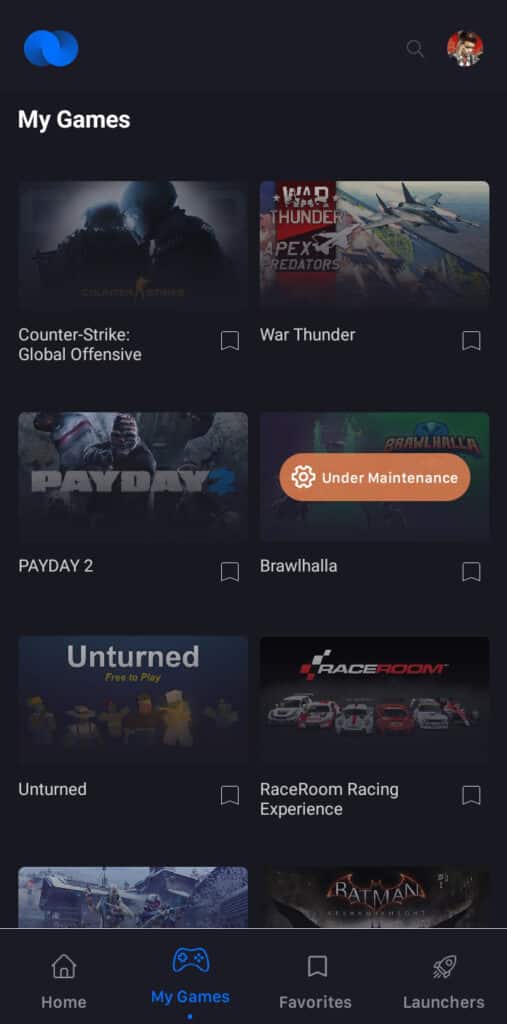
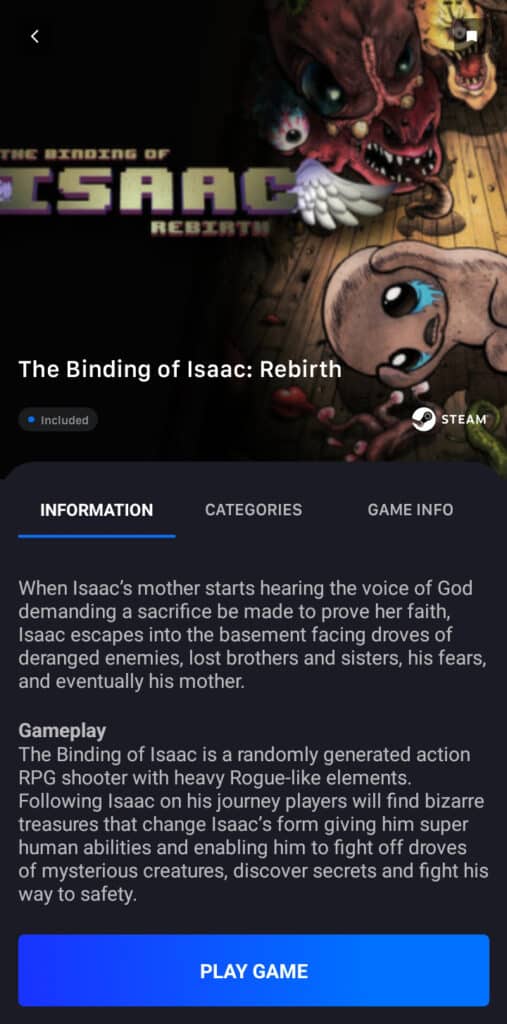
Not so mobile
After trying out the PC app and seeing its positives and shortcomings, I downloaded the Android app for further testing. Just as the PC app, the setup process was quite easy, despite logging in to Steam being more cumbersome due to not being able to scan the QR code. I can see that being a tad annoying when launching the games, but alas. The smartphone app is very similar to its PC counterpart, offering the same features. However, when I tried to launch a game, it wouldn’t work. Everything seemed fine, and the app displayed a loading screen showcasing the game. Even after 30 minutes loading, the game wouldn’t launch. I was stuck at 100%. After looking at the most recent reviews on the Play Store, it seems like I am not the only one experiencing similar issues with the app.
Additionally, I also found out that the Android app could be installed to Android TV devices, including the Chromecast With Google TV. This was a couple of days before it was officially announced. The layout is great and responsive, and just like the smartphone ones, offers everything Nware subscribers will need. Also, I can see it being easier to use thanks to Steam’s QR function granting quick access to the account and games. Sadly, just like the mobile counterpart, I couldn’t launch any game, with the loading screen being stuck at 100% for several minutes. I really hope that Nware is able to fix these issues soon, even though only some members may be affected by them.
Final words
Despite glaring issues, specially related to the Android apps, Nware manages to provide a unique service and promising streaming quality. Being a mixture of services like GeForce NOW and Shadow makes it stand out among the competition. Granting the ease of access to one’s library of games and the freedom of being able to manage launchers and more, at least to those who pay the Premium membership, is an interesting approach. Not only that, but for a beta, the streaming quality is pretty good. Crisp and defined graphics and a low latency are very welcome, and impressive. Sadly, some issues with artifacts, flashes, and controller input are notable problems.
Still, being in beta, it is understandable that such problems exist, and hopefully things will get better in the near future. Specially the Android mobile and TV apps, which might need a lot of extra work. All in all, Nware has a lot to go for. I wish Cloudware only the best, and for Nware to succeed. Their unique approach to the cloud gaming space is really appealing, and I’d love to see how it evolves.

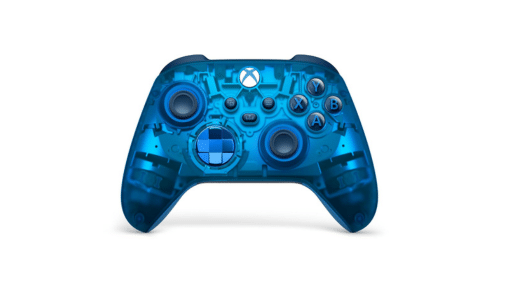

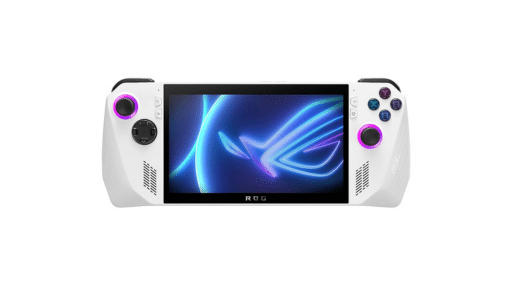
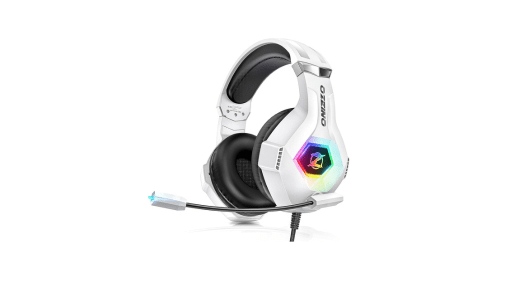
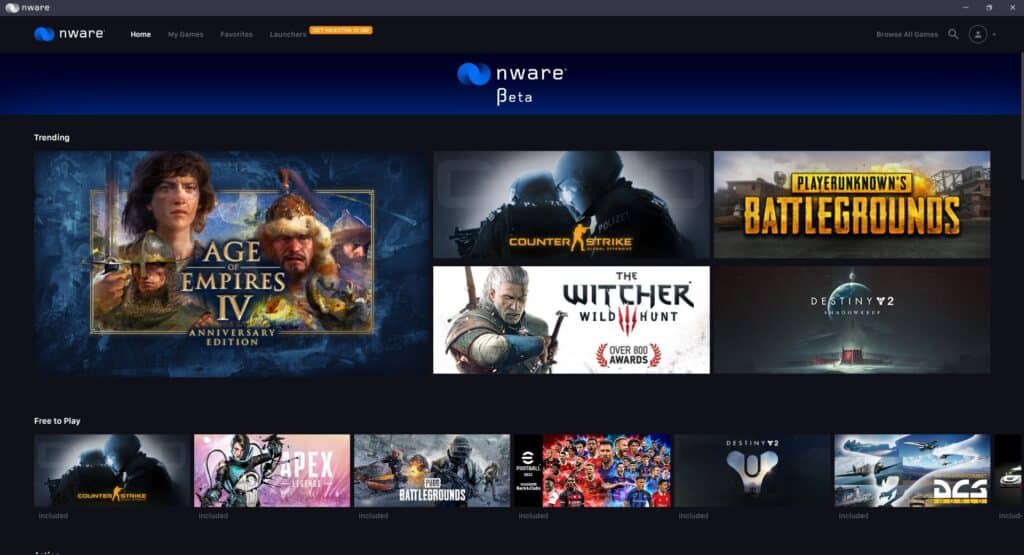
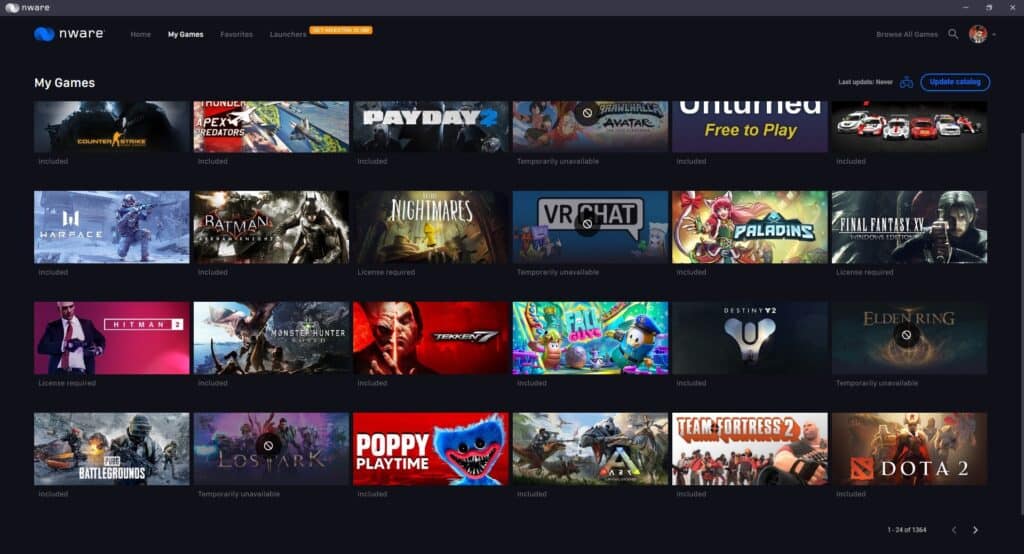
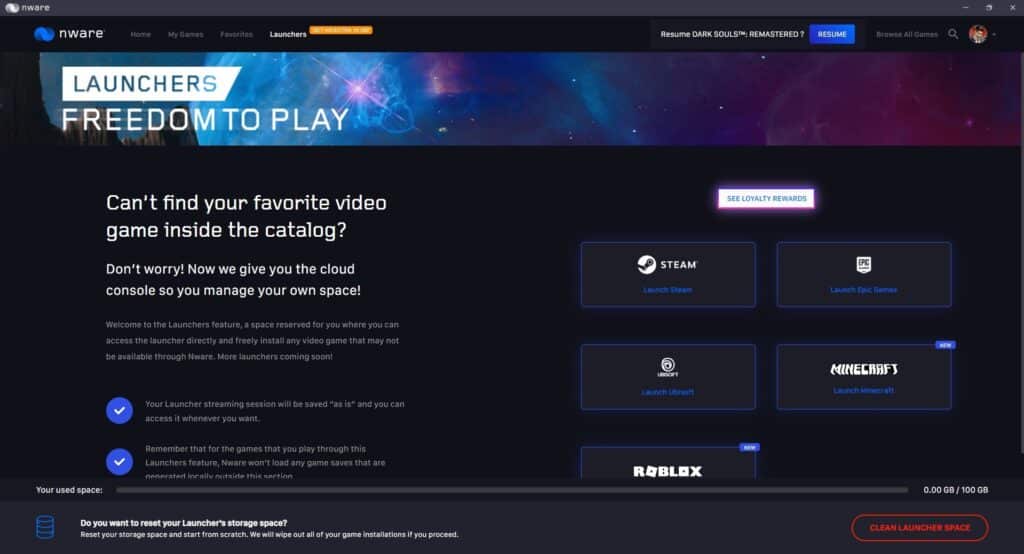
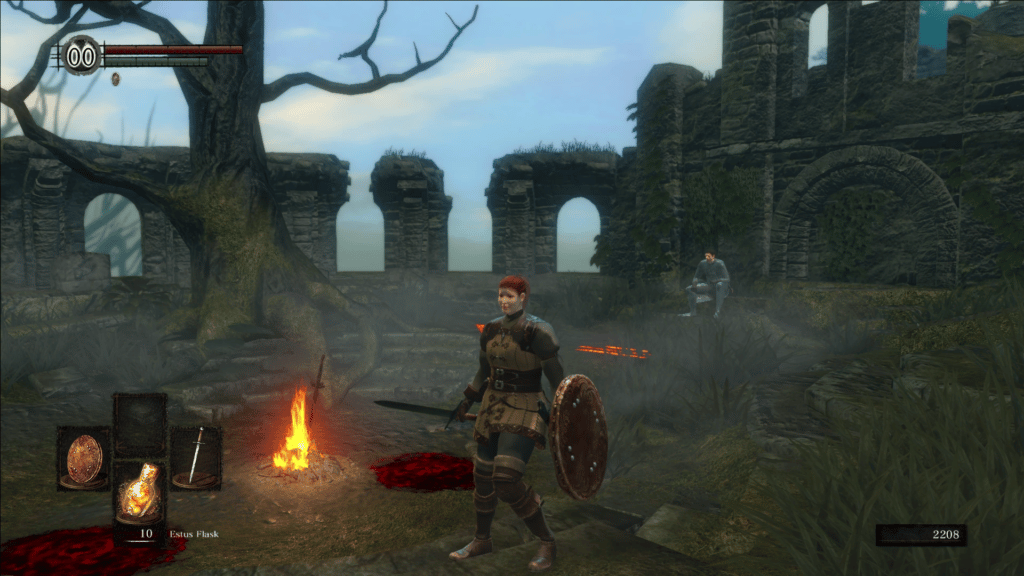

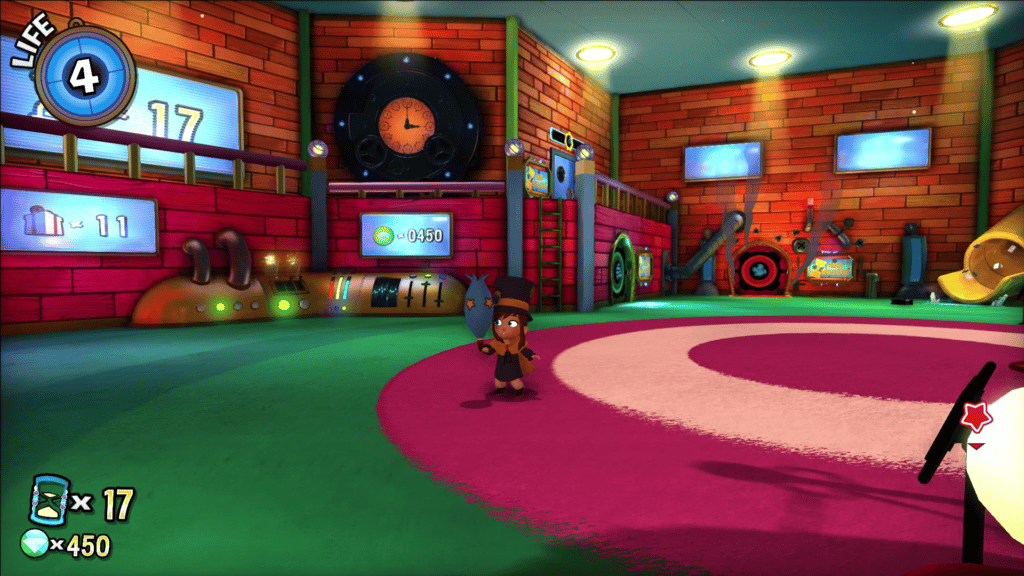

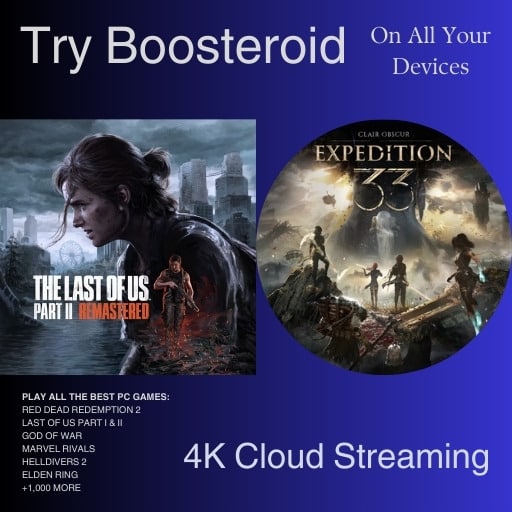
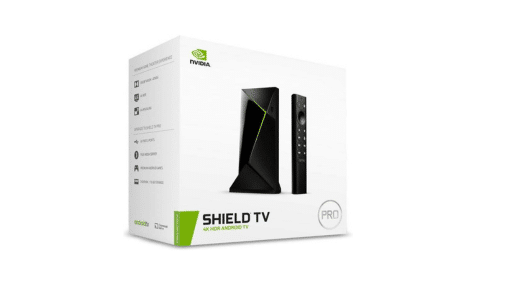
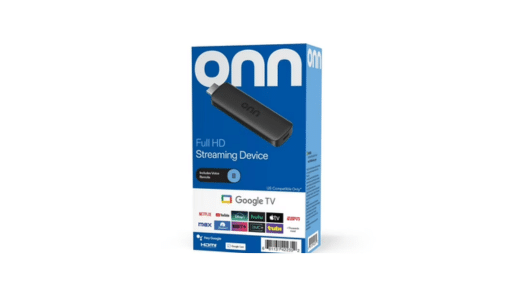
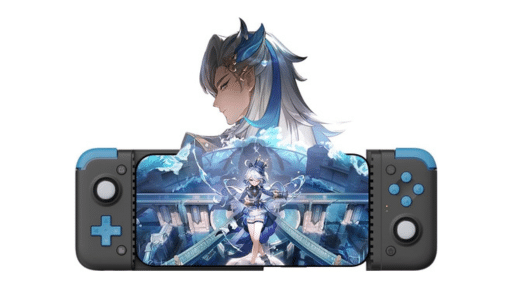


interesting…seems like there are some subtle differences between this and other cloud services. I appreciate that they are up front about the space allotted to you. This also seems to be significantly cheaper than other dedicated “cloud PC” services, which puts them at a nice advantage. Being connected to Steam is going to give them all the games they’ll ever need…but there is something to be said about GFN’s “approved” games list and that guarantee of compatibility…